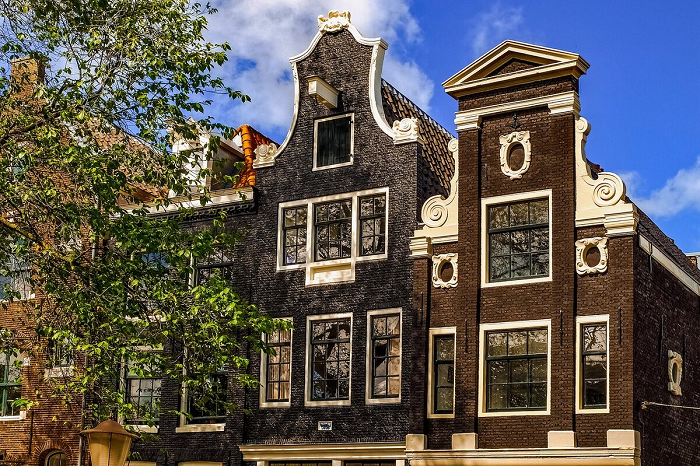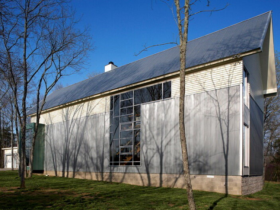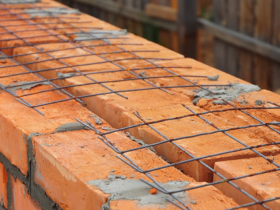The formation of the Dutch architectural movement was significantly influenced by a number of factors: the political situation within the country, difficult climatic conditions, and rapid technological progress.
As a result, the main criteria in the construction of houses became strength, practicality and beauty, and the following elements appeared as distinctive features of the architectural style:
- tall, large windows, divided into rectangular fragments;
- bright brick walls with white stone trim;
- acute-angled gable roof;
- symmetry of the facade;
- a stepped or bell-shaped gable that crowns the upper part of the building.
The facade of a Dutch-style building is distinguished by a narrow front part; houses are usually elongated.






